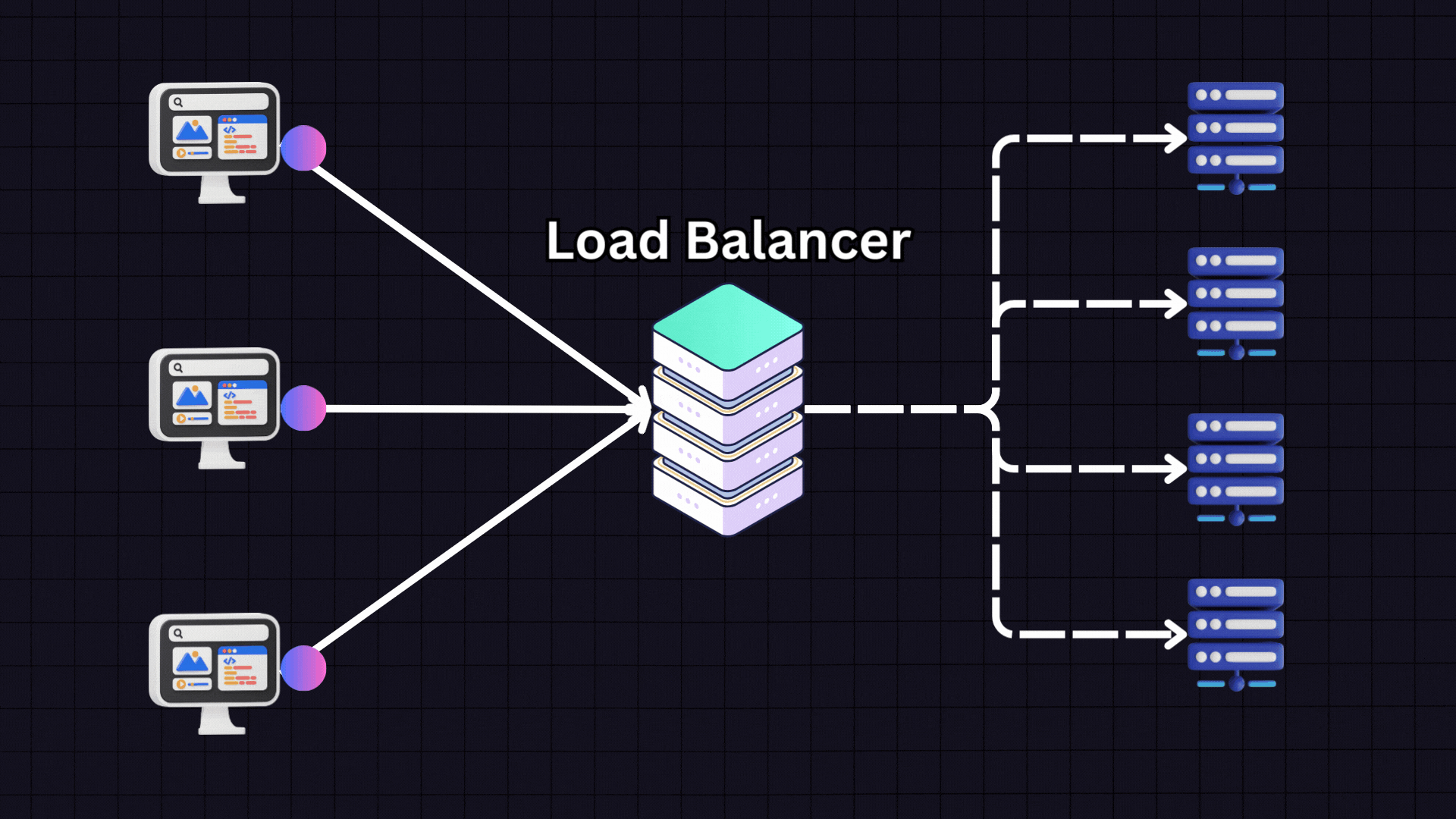Network+ Day 1 – Switches, Routers, Firewalls, and Load Balancers Made Easy!
 Narayan Joshi
Narayan Joshi
Welcome to Day 1 of the Network+ journey! Today, we’re diving into some of the basic building blocks of any computer network – switches, routers, firewalls, and load balancers. Don’t worry if these terms sound confusing right now – by the end of this blog, you’ll have a clear and simple idea of what each of them does.
🔌 What is a Switch?
Imagine you're in a room with several people trying to talk to each other. You’ll need someone to help connect everyone without creating a mess. That’s what a switch does in a network!
A switch connects different devices like computers, printers, and servers inside one local area – like your home or office.
It helps these devices talk to each other smoothly and share files, printers, or internet access.
Think of it as a smart plugboard where all your devices get plugged in and talk without shouting over one another.

🌐 What is a Router?
If switches connect devices inside one room, routers connect different rooms or buildings.
A router connects different networks together. For example, it connects your home network to the internet.
It decides the best path for your data (like videos or websites) to travel from one place to another.
Imagine a router like a traffic cop at a busy junction, making sure data goes the right way without causing jams.

🔥 What is a Firewall?
A firewall is your network’s bodyguard.
It checks all the traffic coming in and going out of your network.
It blocks anything suspicious or harmful – like hackers, viruses, bots, or unwanted apps.
You can think of it like a security guard that only lets safe people in and keeps the bad guys out.
⚖️ What is a Load Balancer?
Let’s say you have a very popular website, and many people are visiting it at once. One server might get tired handling all that traffic.
This is where a load balancer helps.
It shares the traffic between multiple servers so no single one gets overloaded.
This makes your website or app faster and more reliable for users.
There are two main types:
Static Load Balancer – It follows fixed rules and doesn’t check which server is healthy or fast.
Dynamic Load Balancer – It checks which server is doing well and sends traffic accordingly.
And if one server crashes, the load balancer quickly sends users to another working server – this is called failover.

🎯 Wrap Up
That’s it for Day 1! Here's a quick recap:
Switch = Connects devices in the same network.
Router = Connects different networks and finds the best path for data.
Firewall = Protects your network from bad stuff.
Load Balancer = Shares work between servers to avoid overload.
Each of these tools plays a big role in keeping networks fast, connected, and secure. Stay tuned for Day 2 where we’ll explore more networking basics in simple terms!

Subscribe to my newsletter
Read articles from Narayan Joshi directly inside your inbox. Subscribe to the newsletter, and don't miss out.
Written by

Narayan Joshi
Narayan Joshi
I have a strong and evolving interest in cybersecurity and ethical hacking, proven by my top 1% rank on TryHackMe, completion of SOC Fundamentals, multiple Udemy courses, and active participation in CTF programs and practical hacking series. Currently, I work as a Cybersecurity Associate at Sattrix Information Security, where I serve as an ArcSight Administrator and have hands-on experience with SIEM tools like Splunk and NewEvol. Alongside cybersecurity, I also have a background in web development with experience in HTML, CSS, JavaScript, and Python scripting. I’m deeply committed to continuous learning and real-world application, with a consistent track record of completing certifications and challenges. Despite ongoing health challenges that impact productivity, I remain focused on deepening my expertise and building a successful career in cybersecurity and ethical hacking.
